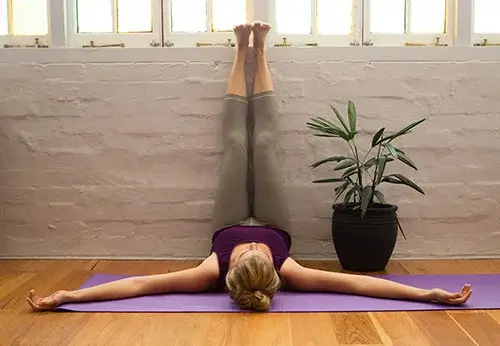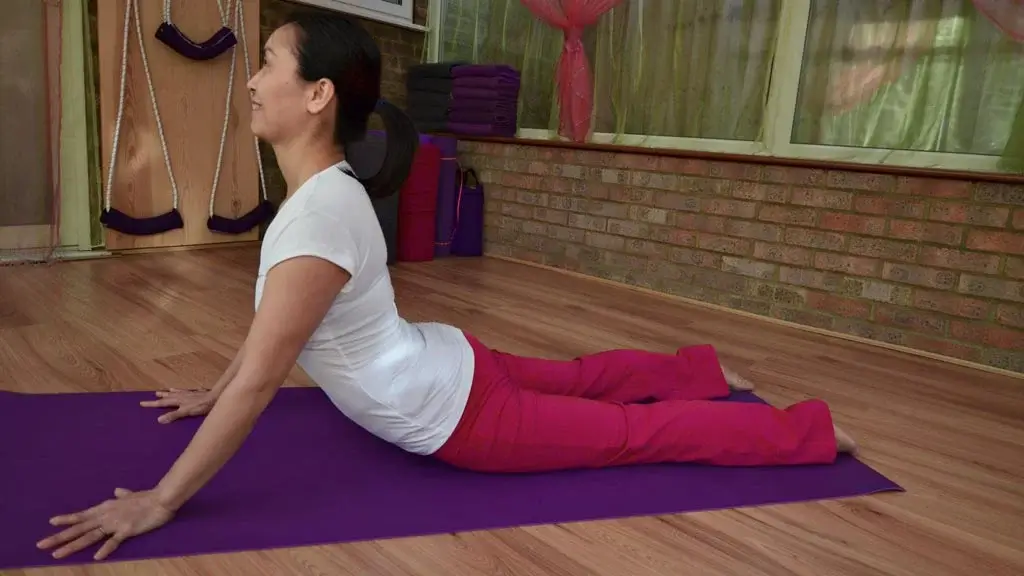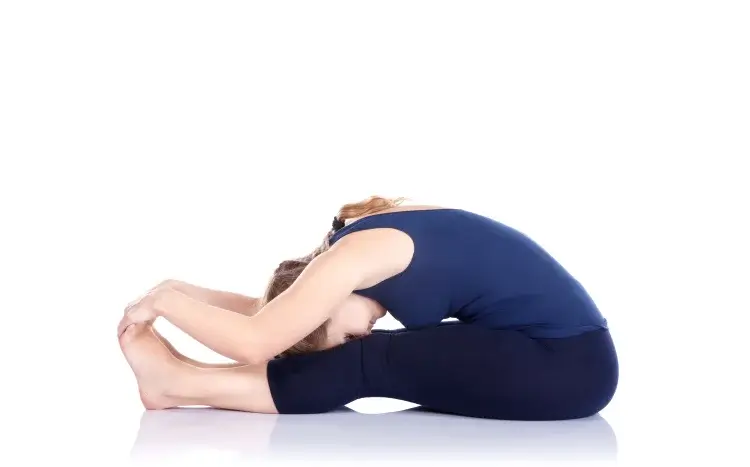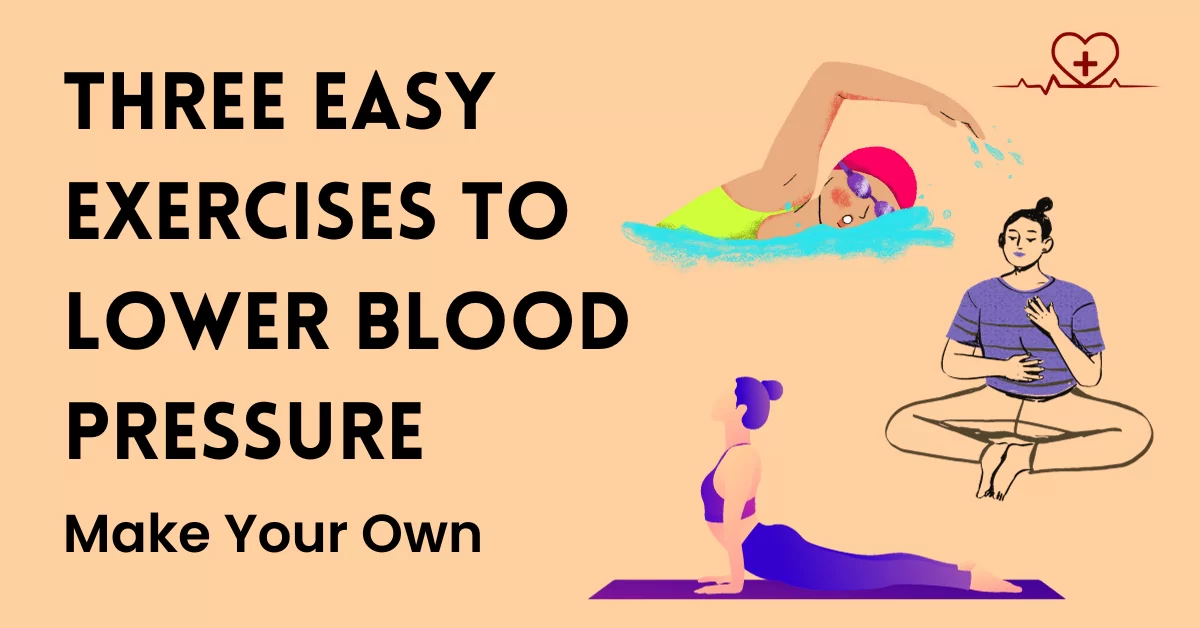Three Easy Exercises to Lower Blood Pressure – Make Your Own Set:
Three easy exercises to lower blood pressure are walking, deep breathing, and practicing Balasana (Child’s Pose) in yoga. walk enhances cardiovascular health, deep breathing relaxes blood vessels, and Balasana promotes relaxation and stress reduction, all contributing to better blood pressure management when done consistently. Read the whole article for more exercises and create your own set of exercises out of it.
In our modern, fast-paced world, where stress levels are soaring, and unhealthy lifestyles have become the norm, high blood pressure has become a common health concern. It’s a silent menace that often goes unnoticed until it leads to more severe complications like heart disease, stroke, or kidney problems. But fear not, for we are here to share three easy and effective exercises that can help you lower your blood pressure naturally.
Table of Contents
Make Your Own Set of Three Exercises:
Pick any one from Exercise 1: Aerobic Exercise & one from Exercise 3: Yoga Poses and then make your own set of exercises means choose Walking (from 1), Deep Breathing Meditation, and Savasana (from 3) OR Cycling (from 1), Deep Breathing Meditation, and Paschimottanasana (from 3) OR anything you like to make from below:
Exercise 1: Aerobic Exercise

Aerobic exercises can be an effective way to lower blood pressure by improving cardiovascular health and promoting overall fitness. Here’s a detailed overview of each of the aerobic exercises you mentioned:
1. Walking:
- Walking is a low-impact aerobic exercise suitable for people of all fitness levels.
- Start with a brisk pace and gradually increase your speed and duration.
- Aim for at least 30 minutes of brisk walking on most days of the week to see blood pressure benefits.
2. Running:
- Running is a high-intensity aerobic exercise that can significantly lower blood pressure.
- Begin with a warm-up, and gradually increase your running intensity and duration.
- Consistency is key, so aim for 20-30 minutes of running at least three times a week.
3. Cycling:
- Cycling is a low-impact exercise that’s gentle on the joints while providing a great cardiovascular workout.
- You can bike outdoors or use a stationary bike.
- Aim for 30-60 minutes of cycling most days to help lower blood pressure.
4. Swimming:
- Swimming is a full-body aerobic exercise that is easy on the joints.
- Swim laps at a moderate to high intensity to reap blood pressure benefits.
- Aim for at least 150 minutes of swimming per week.
5. Jump Rope:
- Jump rope is an excellent aerobic exercise that also enhances coordination and agility.
- Start with short sessions and gradually increase the duration.
- Even 10-15 minutes of jumping rope can have a positive impact on blood pressure.
6. Hiking:
- Hiking combines aerobic exercise with the benefits of spending time in nature.
- Choose trails with varying levels of difficulty to challenge yourself.
- Aim for at least 150 minutes of hiking per week.
7. Tennis or Racquetball:
- Tennis and racquetball are high-intensity sports that provide both aerobic and anaerobic benefits.
- Play singles or doubles matches for an intense workout.
- Aim for at least 150 minutes of play per week.
Exercise 2: Deep Breathing Meditation
Deep breathing exercises, also known as diaphragmatic or abdominal breathing, are relaxation techniques that involve taking slow, deep breaths to promote physical and mental relaxation. These exercises can help reduce stress, lower blood pressure, improve oxygen intake, and enhance overall well-being. Here’s how to perform a basic deep breathing exercise:
Steps for Deep Breathing Exercise:
- Find a Quiet Place: Choose a quiet and comfortable place where you won’t be disturbed.
- Sit or Lie Down: Sit in a comfortable chair with your feet flat on the floor or lie down on your back with your knees bent and feet flat. You can also do this exercise while standing if that’s more convenient.
- Relax Your Body: Close your eyes if you’re comfortable, and take a moment to let go of any tension in your body. Relax your shoulders, neck, and jaw.
- Place Your Hands: You can place your hands on your abdomen or chest to feel the movement of your breath. Placing one hand on your abdomen and the other on your chest can help you focus on diaphragmatic breathing.
- Inhale Slowly: Take a slow, deep breath through your nose. As you breathe in, imagine that you’re filling your lungs from the bottom up. Feel your abdomen rise as your diaphragm contracts, allowing your lungs to expand fully. Try to inhale for a count of four or five seconds.
- Hold Your Breath: After inhaling, briefly hold your breath for a second or two. This pause helps you fully oxygenate your blood.
- Exhale Slowly: Exhale slowly and completely through your mouth or nose, letting go of all the air in your lungs. Try to exhale for a count of four or five seconds.
- Repeat: Continue this deep breathing pattern for several breaths, maintaining a slow and steady rhythm.
- Focus on Your Breath: Pay close attention to the sensation of your breath as you inhale and exhale. Try to clear your mind of other thoughts and distractions, and concentrate on the act of breathing.
- Practice Regularly: Aim to practice deep breathing exercises for at least 5-10 minutes each day. You can gradually increase the duration as you become more comfortable with the technique.
Deep breathing can be a simple yet effective way to reduce stress, calm your mind, and improve your overall sense of well-being. It can also be a helpful tool in managing conditions like anxiety, high blood pressure, and insomnia. Regular practice can lead to long-term benefits for your physical and mental health.
Exercise 3: Yoga Poses
Yoga can be a beneficial practice for lowering blood pressure (BP) and promoting overall cardiovascular health. It’s important to note that yoga should complement, not replace, medical treatment for high blood pressure. Here are some yoga asanas (postures) that may help lower blood pressure:
1. Savasana (Corpse Pose):

- Lie flat on your back on a yoga mat.
- Keep your legs slightly apart and let your feet fall outward.
- Place your arms alongside your body with palms facing up, and fingers relaxed.
- Close your eyes and relax your entire body.
- Focus on your breath and let go of any tension. Stay in this pose for 5-10 minutes or longer for deep relaxation.
2. Viparita Karani (Legs-Up-the-Wall Pose):

- Sit with your side against a wall.
- Swing your legs up the wall while simultaneously lying on your back.
- Keep your legs straight up and your buttocks close to the wall.
- Relax your arms by your sides or place them on your abdomen.
- Close your eyes and breathe deeply. Stay in this pose for 5-15 minutes to reduce stress and promote relaxation.
3. Bhujangasana (Cobra Pose):

- Lie on your stomach with your legs together and the tops of your feet on the floor.
- Place your hands under your shoulders, fingers pointing forward.
- Inhale and lift your chest off the floor, using your back muscles.
- Keep your elbows slightly bent and press your pelvis into the floor.
- Look forward or slightly upward and hold the pose for 15-30 seconds.
- Exhale as you lower your chest back to the floor.
4. Paschimottanasana (Seated Forward Bend):

- Sit with your legs extended straight in front of you.
- Inhale, lengthen your spine and exhale as you hinge at your hips to reach forward.
- Try to grasp your feet with your hands, or hold your shins or ankles.
- Keep your back straight and lead with your chest.
- Hold the stretch for 30 seconds to 1 minute, breathing deeply.
5. Balasana (Child’s Pose):

- Begin on your hands and knees in a tabletop position.
- Sit back onto your heels, reaching your arms forward on the floor.
- Rest your forehead on the mat and relax your entire body.
- Breathe deeply and hold this pose for 30 seconds to 1 minute.
6. Ardha Matsyendrasana (Half Lord of the Fishes Pose):

- Sit with your legs extended in front of you.
- Bend your right knee and place your right foot on the outside of your left thigh.
- Inhale and lift your left arm, then exhale and twist your torso to the right, placing your left elbow on the outside of your right knee.
- Keep your spine straight and gaze over your right shoulder.
- Hold for 20-30 seconds, then switch sides.
7. Nadi Shodhana Pranayama (Alternate Nostril Breathing):

- Sit in a comfortable cross-legged position with your back straight.
- Use your right thumb to close off your right nostril and inhale through your left nostril.
- Close your left nostril with your right ring finger, release your thumb from your right nostril, and exhale through your right nostril.
- Inhale through your right nostril, close it with your thumb, and exhale through your left nostril.
- This completes one cycle. Repeat for several cycles, focusing on your breath and maintaining a calm, steady rhythm.
Additionally, maintain a healthy lifestyle with a balanced diet and adequate physical activity to effectively manage and lower your blood pressure.
How Often to Do Them
Maintaining consistency in your exercise routine is key to effectively lowering your blood pressure. Here’s a breakdown of how often you should perform these exercises:
Aerobic Exercise: Aim for at least 30 minutes of any Aerobic Exercise most days of the week. Ideally, you should walk on a daily basis to maximize the benefits. Consistency is more important than intensity, so don’t worry if you can’t walk at a fast pace every day. Even a leisurely walk is beneficial.
Deep Breathing: You can practice deep breathing exercises daily, and it’s encouraged to do so, especially during stressful periods. Taking a few minutes each day to engage in deep breathing can help manage stress, which, in turn, supports healthy blood pressure levels.
Yoga Poses: For yoga, consider practicing it at least three to four times a week for the best results. Yoga sessions can vary in duration, so find a schedule that fits your lifestyle. Even short sessions of 15-20 minutes can provide significant benefits.
Remember that the key to success is consistency. Make these exercises a part of your daily or weekly routine to experience the most significant improvements in your blood pressure over time. Additionally, it’s always advisable to consult with a healthcare professional or fitness expert before starting a new exercise regimen, especially if you have underlying health concerns or medical conditions. They can provide personalized guidance and recommendations based on your individual needs and goals.
Conclusion
Lowering your blood pressure naturally is achievable with the incorporation of these three easy exercises: walking, deep breathing, and Child’s Pose. As mentioned earlier, you are free to make your own set of exercises from the above-mentioned exercises. Consistency is key to seeing lasting results, so make an effort to include them in your daily routine. By taking charge of your blood pressure through exercise, you’re making a significant investment in your long-term health and well-being.
FAQs
-
How do aerobic exercises help lower blood pressure?
Aerobic exercises, such as walking, running, cycling, and swimming, improve cardiovascular health. They strengthen the heart, lower cholesterol levels, and reduce the risk of plaque buildup in arteries. This, in turn, helps lower blood pressure over time.
-
What is the recommended frequency for deep breathing exercises?
Deep breathing exercises can be practiced daily for relaxation and stress reduction. Taking a few minutes each day to engage in deep breathing can help manage stress, which is beneficial for maintaining healthy blood pressure levels.
-
Are these yoga poses suitable for beginners?
Yes, many of the yoga poses mentioned, such as Savasana, Child’s Pose, and Legs-Up-the-Wall Pose, are beginner-friendly. However, it’s essential to start slowly, listen to your body, and consider seeking guidance from a qualified yoga instructor, especially if you’re new to yoga.
-
Can I mix and match the exercises mentioned in the article?
Yes, you can create a personalized exercise routine by combining exercises from different sections of the article. For example, you can choose one aerobic exercise (e.g., walking) along with deep breathing and a yoga pose that suits your fitness level and preferences.
-
How long does it take to see results in blood pressure from these exercises?
The time it takes to see results can vary from person to person. Some individuals may notice improvements in blood pressure within a few weeks of regular exercise, while others may take longer. Consistency is crucial, and it’s essential to monitor your blood pressure regularly with the guidance of a healthcare professional.
-
Are there any precautions for individuals with high blood pressure before starting these exercises?
It’s important to consult with a healthcare professional before beginning any new exercise regimen, especially if you have high blood pressure or other underlying health conditions. They can provide personalized recommendations and ensure that the chosen exercises are safe for your specific situation.
-
Can these exercises replace medication for high blood pressure?
These exercises can be a valuable part of a holistic approach to managing high blood pressure, but they should not replace prescribed medication. Consult with your healthcare provider to determine the most appropriate treatment plan, which may include a combination of lifestyle changes, medication, and regular monitoring.
-
Are there any dietary recommendations to complement these exercises for blood pressure management?
Maintaining a balanced diet with reduced sodium intake, adequate potassium, and a focus on fruits, vegetables, whole grains, and lean proteins can complement the benefits of exercise in managing blood pressure. Consulting with a registered dietitian can provide personalized dietary guidance.
